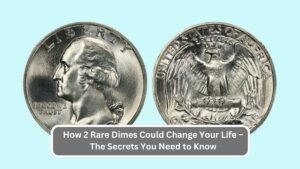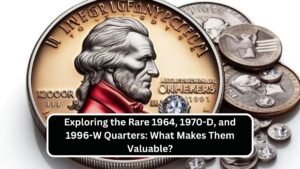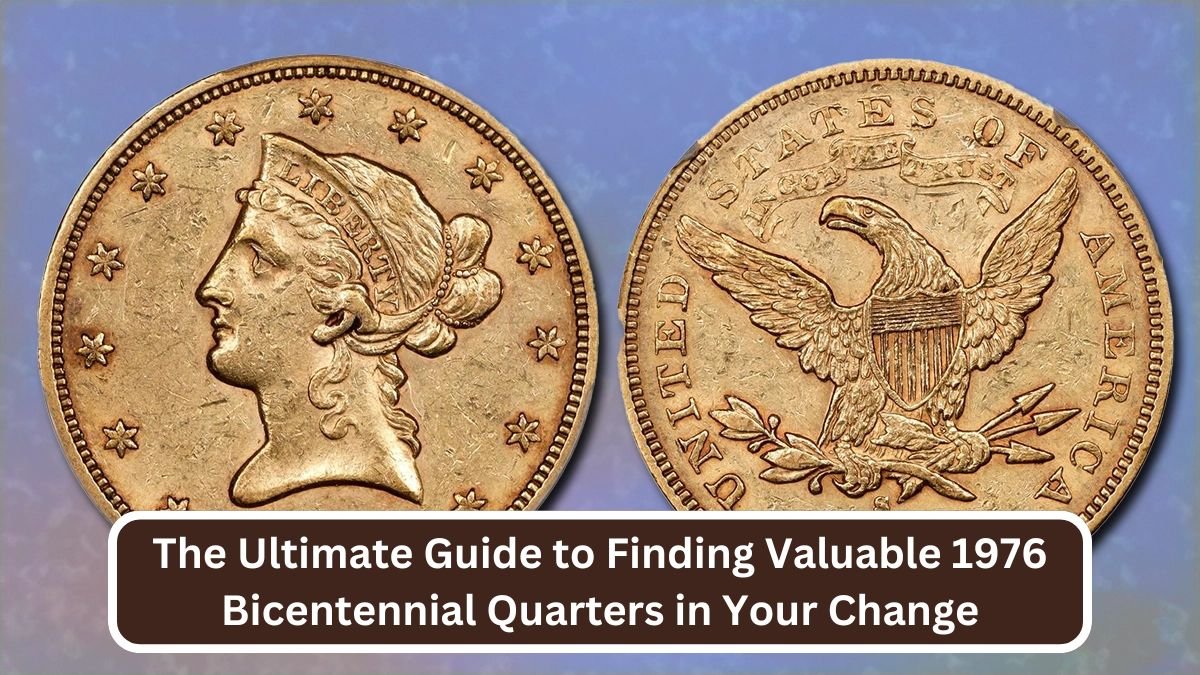The 1931-S Lincoln Cent is one of the most sought-after coins by collectors. Its rarity and unique features make it highly valuable, especially in high grades. If you’re a coin collector or enthusiast, understanding how to grade this coin is key to knowing its true worth. This guide will help you learn the grading process for the 1931-S Lincoln Cent and how it affects the coin’s value.
What is Coin Grading?

Coin grading is the process of determining the condition or quality of a coin. Coins are graded on a scale from 1 to 70, with higher numbers indicating better condition. The 1931-S Lincoln Cent is especially valuable when it is in excellent condition. The grading process considers factors like the coin’s detail, clarity, and how much wear it shows.
The Grading Scale: From Poor to Mint State
- Poor (P-1): This is the lowest grade. The coin will have heavy wear, and most details are hard to see.
- Good (G-4): You can make out some details, but the coin is still worn down.
- Very Good (VG-8): The coin’s main features are clear, though it still shows wear.
- Fine (F-12): More details are visible, and the coin is in decent condition.
- Very Fine (VF-20): Most details are sharp, but there may still be some signs of wear.
- Extremely Fine (EF-40): The coin is nearly perfect, but it may have a few small scratches or marks.
- About Uncirculated (AU-50): The coin looks almost new with very slight wear.
- Mint State (MS-60 to MS-70): These coins are in perfect or near-perfect condition, with no signs of wear.
Special Features of the 1931-S Lincoln Cent

The 1931-S Lincoln Cent is part of the Lincoln series of coins and has a unique “S” mintmark that signifies it was minted in San Francisco. This coin has several features that make it stand out:
- The S Mintmark: The mintmark is located near the bottom of the coin, and it’s crucial for identifying this coin as the 1931-S version.
- The Wheat Ears Reverse: The reverse side of the coin features two stalks of wheat, making it easy to recognize.
- The High Demand: The 1931-S is considered a key date for collectors, which makes it valuable, especially in higher grades.
| Grading Term | Description | Value Range (Approx.) |
|---|---|---|
| Poor (P-1) | Coin is heavily worn, and details are barely visible. Only the outline of Lincoln’s portrait can be seen. | Low (less than $10) |
| Good (G-4) | Very worn, but some details are still visible. Lincoln’s portrait is faint, and the wheat stalks are partial. | $10 to $30 |
| Fine (F-12) | Details are still worn, but more features are visible. Lincoln’s portrait is clearer, and the wheat stalks are readable. | $30 to $100 |
| Very Fine (VF-20) | Moderate wear. Most details are sharp, and the coin shows only slight wear on Lincoln’s portrait. | $100 to $500 |
| Extremely Fine (EF-40) | Light wear with almost full details. Lincoln’s features and the wheat stalks are nearly perfect. | $500 to $1,500 |
| About Uncirculated (AU-50) | Slight wear on high points, but overall, the coin looks almost new. | $1,500 to $5,000 |
| Mint State (MS-60 to MS-70) | No signs of wear, with perfect details. Coins graded MS-65 or higher are rare and highly valuable. | $5,000 to $10,000+ |
How Grading Affects Value

The 1931-S Lincoln Cent’s value can vary significantly based on its grade. For example:
- Poor condition: A 1931-S Lincoln Cent in poor condition may only be worth a few dollars.
- Good to Very Good condition: A 1931-S in these conditions can range from $20 to $50.
- Fine to Very Fine condition: Coins in these grades can fetch anywhere from $100 to $200.
- Mint State (MS-60 to MS-70): A mint state 1931-S Lincoln Cent can be worth over $1,000, and some extremely well-preserved examples could be worth even more.
How to Determine Your Coin’s Grade
- Look at the Details: Check for wear and tear on the design. If the details on Lincoln’s face or the wheat stalks are blurry, the coin has more wear.
- Check the Edges: Coins with sharp, clear edges are typically in better condition.
- Assess the Surface: Look for any scratches, discoloration, or imperfections. A clean, smooth surface is a sign of a higher-grade coin.
- Consult a Professional: If you’re unsure, it’s always a good idea to get your coin appraised by a professional grader.
FAQs
What is the 1931-S Lincoln Cent?
The 1931-S Lincoln Cent is a rare coin minted in San Francisco in 1931. It is highly sought after by collectors due to its low mintage and historical significance.
Why is the 1931-S Lincoln Cent so valuable?
The 1931-S Lincoln Cent is valuable due to its rarity, especially in higher grades. It was minted in small quantities, and many of the coins were circulated or damaged over time, making well-preserved examples worth more.
What is the grading scale for coins?
Coin grading is based on a scale from 1 to 70. Coins closer to 70 are in mint condition, with fewer signs of wear. The higher the grade, the more valuable the coin. Common grades include Poor (P-1), Good (G-4), Fine (F-12), Very Fine (VF-20), Extremely Fine (EF-40), About Uncirculated (AU-50), and Mint State (MS-60 to MS-70).
How can I grade my 1931-S Lincoln Cent?
To grade your 1931-S Lincoln Cent, look for signs of wear, clarity of details, and surface quality. Check the mintmark, Lincoln’s portrait, and the reverse (wheat stalks) for clarity. Use the grading scale as a guide and compare your coin with images online or in coin catalogs.
What condition will make my 1931-S Lincoln Cent most valuable?
The most valuable 1931-S Lincoln Cents are those in higher grades, such as About Uncirculated (AU) or Mint State (MS) condition. These coins show minimal wear and preserve the fine details of the design.
The 1931-S Lincoln Cent is a rare and valuable coin that can significantly increase in worth depending on its grade. Knowing how to assess its condition and grade accurately is essential for collectors. With the right knowledge, you can ensure that your collection has coins that are worth more than their face value.






















